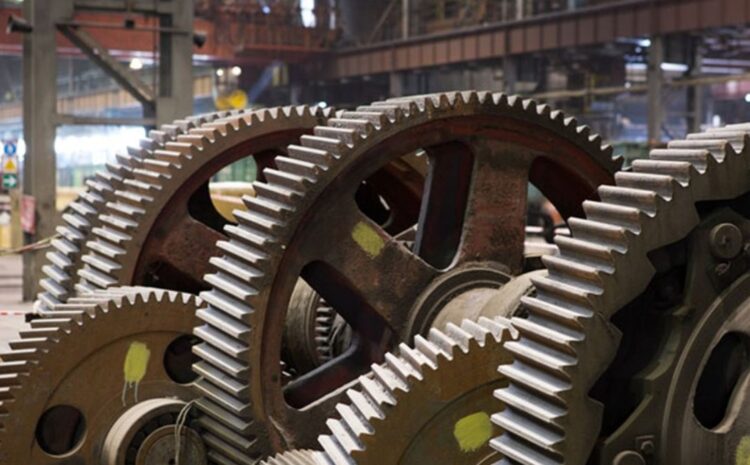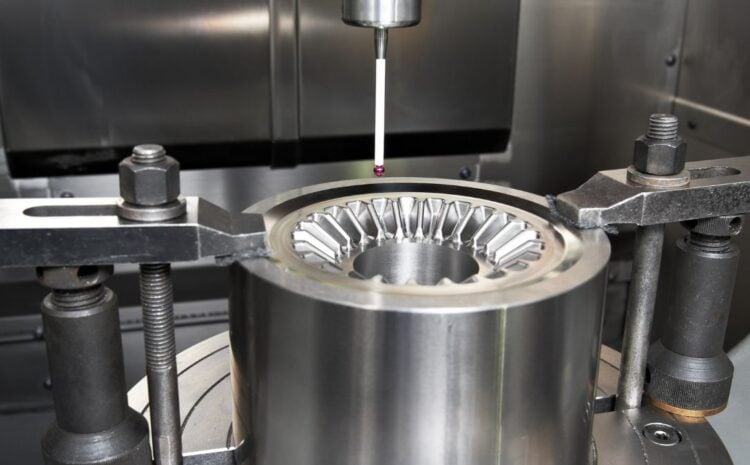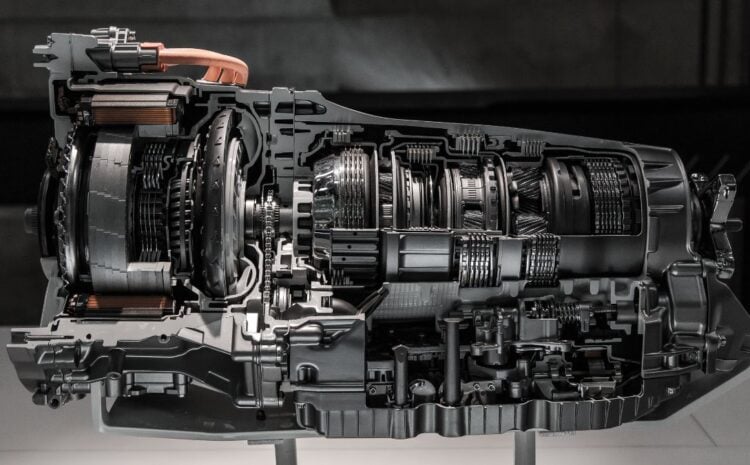Gears are one of the most important mechanical components used in various industries, from automotive and aerospace to manufacturing and robotics. A gear is a rotating machine element that transmits power and motion from one shaft to another by means of teeth on its periphery. One type of gear that offers many advantages over other types is helical gear.
In this article, we will explore helical gears’ benefits and manufacturing process and why they are often the preferred choice for high-performance applications.
Benefits of Helical Gears
Helical gears are a type of cylindrical gear in which the teeth are cut at an angle to the gear axis, resulting in a helix shape. This design offers several benefits over other types of gears, including:
A. Reduced Noise and Vibration
Helical gears are more advantageous than other forms of gear, such as spur gears, in that they generate less noise and vibration. This is due to the helical gears’ angled teeth, which allow for a more gradual contact between the gears, lowering the force of the impact and producing less noise and vibration.
B. Improved Efficiency and Load-bearing Capacity
Because of their wider contact area than other gear types, helical gears are able to support more weight. Along with increasing the gear system’s efficiency, the inclined teeth produce a smoother transmission of force and motion.
C. Smoother Operation and Better Torque Transfer
The progressive contact between the helical gears’ teeth also produces smoother functioning, which lessens gear wear and tears and increases gear lifespan. The teeth’s helix design also enables a more uniform load distribution, which improves torque transfer and raises reliability.
D. Compatibility with High-speed Applications
As helical gears can transmit power and motion more effectively than other types of gears, they are ideal for high-speed applications. The helical gears’ angled teeth also lessen the effect of shock loads, which makes them perfect for high-speed, high-torque applications.
Comparison with Other Types of Gears
Helical gears provide a lot of advantages, but they aren’t always the greatest option for every application. For instance, spur gears are an excellent option for low- to medium-speed applications since they are easier and less expensive to manufacture. Bevel gears suit applications where transmitting motion between shafts at an angle is necessary.
Manufacturing Process
The helical gear manufacturing process involves several phases, each of which is critical in ensuring that the gears meet established specifications and are of the highest quality.
A. Gear Blank Preparation
The preparation of the gear blank is the first step in the production process. In order to do this, the raw material (often steel) must be cut to the desired size and shape, and a center hole must be drilled in the blank.
B. Hobbing or Shaping
Cutting the gear’s teeth is the next step. Engineers can accomplish this by using a hobbing machine, which removes material from the gear blank and shapes the teeth using a cutting tool called a hob, or by using a gear shaping machine, which works similarly to a broaching device in that it shapes the teeth using a cutting tool.
C. Treatment and Finishing
After cutting the teeth, engineers heat-treat the gear to enhance its strength and longevity. The process involves heating the gear to a specified temperature and then rapidly cooling (quenching) it to harden the material. The gear is then tempered to increase durability and reduce brittleness.
After heat treatment, engineers finish the gear using various methods such as grinding, polishing, and honing to ensure precise measurements, surface polish, and the correct tooth profile needed for its intended function.
D. Quality Control and Testing
To guarantee that the gears satisfy the required requirements, quality control procedures are implemented throughout the manufacturing process. This involves measuring the gear’s size, tooth profile, and surface finish using sophisticated metrology instruments. In order to assess a gear’s performance and load-bearing capability, it may also undergo a load test.
Comparison with Other Gear Manufacturing Processes
Helical gears require a more complex manufacturing process than, say, spur gears. Yet, it has a number of benefits over other gear production procedures, including superior surface polish, increased load-bearing capacity, and more precision. It is a cost-effective alternative for high-performance applications and can be produced in large quantities.
Types of Helical Gears
There are several types of helical gears, each of which is suited to different applications.
A. Single Helical Gears
With their teeth cut at an angle to the gear axis, single helical gears resemble a helix. These gears are frequently employed in settings like car transmissions where noise and vibration must be kept to a minimum.
B. Double Helical Gears
The design of herringbone gears and double helical gears involves cutting two sets of teeth in opposing directions, creating a V-shaped pattern. This design results in a more even distribution of load and reduced axial thrust compared to single helical gears. Consequently, double helical gears are a popular choice for high-torque, high-speed applications such as propulsion systems for ships and aircraft.
C. Herringbone Gears
Herringbone gears and double helical gears cut two sets of teeth in opposing directions, forming a V-shaped pattern. This design ensures an even distribution of load and reduces the typical axial thrust of single helical gears. As a result, double helical gears are a popular choice for high-torque, high-speed applications such as propulsion systems for ships and aircraft
Considerations for Designing and Using Helical Gears
Gear Geometry and Tooth Profile
The geometry of gear teeth, such as the helix angle and pressure angle, can significantly impact the performance of the gear system. Therefore, engineers must carefully craft the tooth profile to ensure that the gears mesh properly and efficiently convey power and motion.
Load and Torque Requirements
It’s also important to consider the gear system’s torque and load-bearing capacity needs. The gear system must be built to withstand the forces that will be applied to it and perform dependably in these circumstances.
Lubrication and Maintenance
Helical gears’ long-term performance and dependability depend on proper lubrication. Properly greasing the gear system with the appropriate type and quantity of lubricant and conducting regular maintenance are critical to ensuring that the gears function as intended.
Noise and Vibration Mitigation Strategies
Helical gears don’t produce as much noise and vibration as other gear types, but they may still need additional noise and vibration mitigation techniques, including the use of sound-absorbing materials or vibration-damping mounts.
Common Failure Modes and Prevention
Finally, it’s critical to understand typical helical gear failure modes such as tooth wear, to pit, and scuff. Using proper design, lubrication, and maintenance procedures can help engineers avoid these problems and increase the lifespan of the gear system.
Conclusion
In comparison to other types of gears, helical gears provide a number of advantages, such as less noise and vibration, increased efficiency and load-bearing capacity, smoother operation, and compatibility with high-speed applications. Helical gear production is more difficult than normal gear manufacturing, but the end product has higher precision, greater load capacity, and better surface polish. When designing and utilizing helical gears, engineers must take into account several factors such as gear geometry and tooth profile, load and torque requirements, lubrication and maintenance, strategies for reducing noise and vibration, typical failure modes, and prevention.
Helical gears are a flexible and efficient solution for a variety of high-performance applications. Dependable operation of intricate gear and systems is crucial, and various industries, such as automotive, aerospace, maritime, and robotics, utilize them extensively. In order to ensure the right design, use, and maintenance of helical gears and to maximize their performance and lifespan, it is essential to understand their advantages and the manufacturing process.



